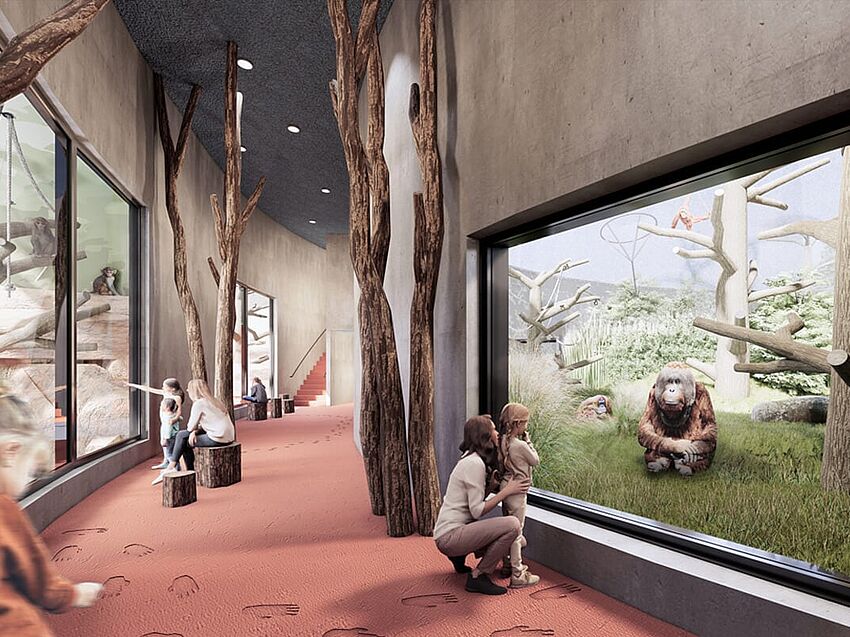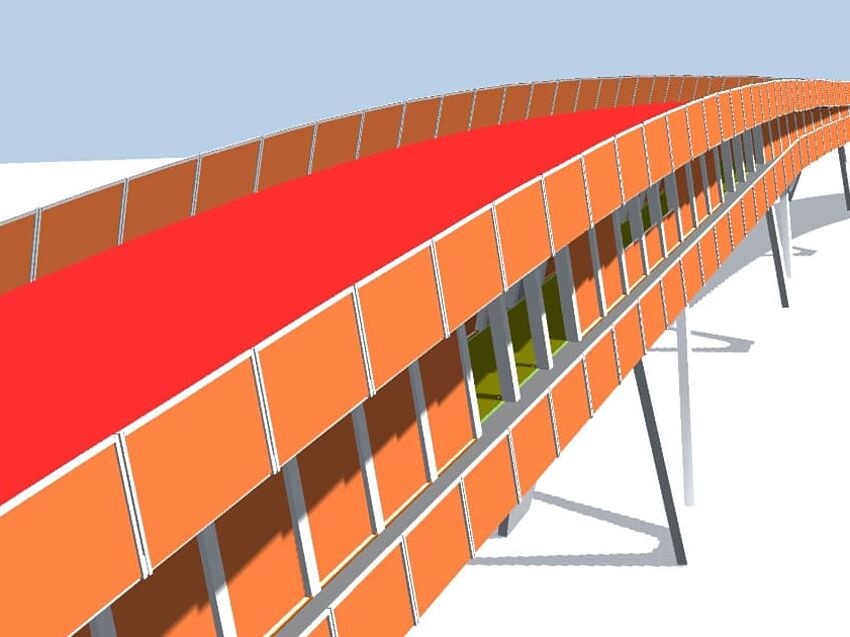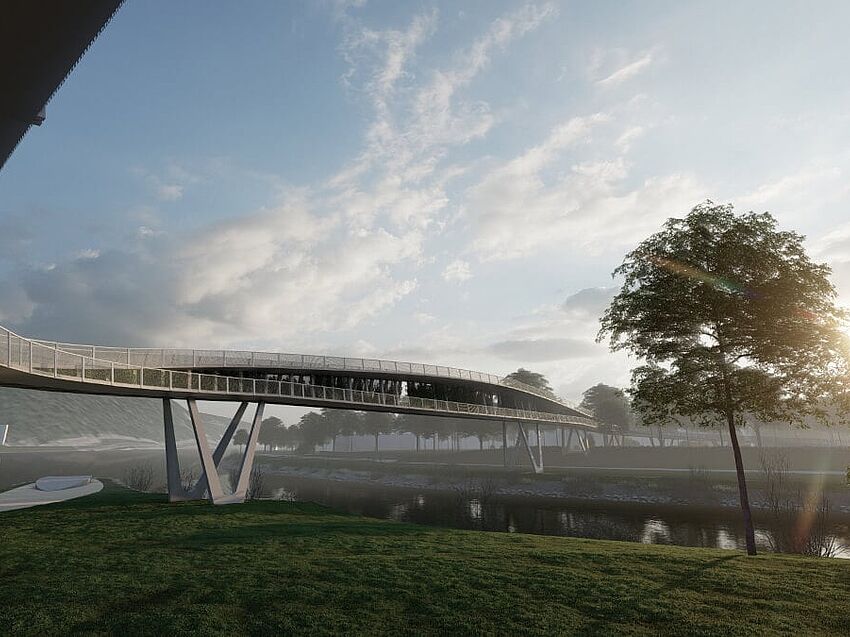After the project launch of TUM Hyperloop almost two years ago, things are now getting serious. As of now, the 24-meter test tube – including capsule and control system – is being built as a 1:1 prototype.
In 2020, TU Munich launched a project that could become a milestone in European mobility history. Under the name TUM Hyperloop, researchers at the internationally renowned university have since been pursuing the goal of building Europe’s first passenger-sized Hyperloop test segment. After almost two years of planning, the groundbreaking ceremony has now taken place in Ottobrunn/Taufkirchen. The fact that this is not a construction project like any other was demonstrated, among others, by the presence of Bavaria’s Minister President Markus Söder and Economics Minister Markus Blume. On top of that, the Free State of Bavaria is funding the innovation project with 3.5 million Euros.
Groundbreaking ceremony for the Hyperloop test track at the Technical University of Munich (TUM) on the TUM campus in Ottobrunn on Sept. 30, 2022. People from left to right: Raphaela Schiburr, TUM Hyperloop Research Group, Markus Blume, Bavarian State Minister for Science and the Arts, Dr. Markus Söder, Bavarian Minister President, Prof. Dr. Gerhard Kramer, Executive Vice President for Research and Innovation at TUM, Gabriele Semino, TUM Hyperloop Research Group. Copyright: Andreas Heddergott / TUM
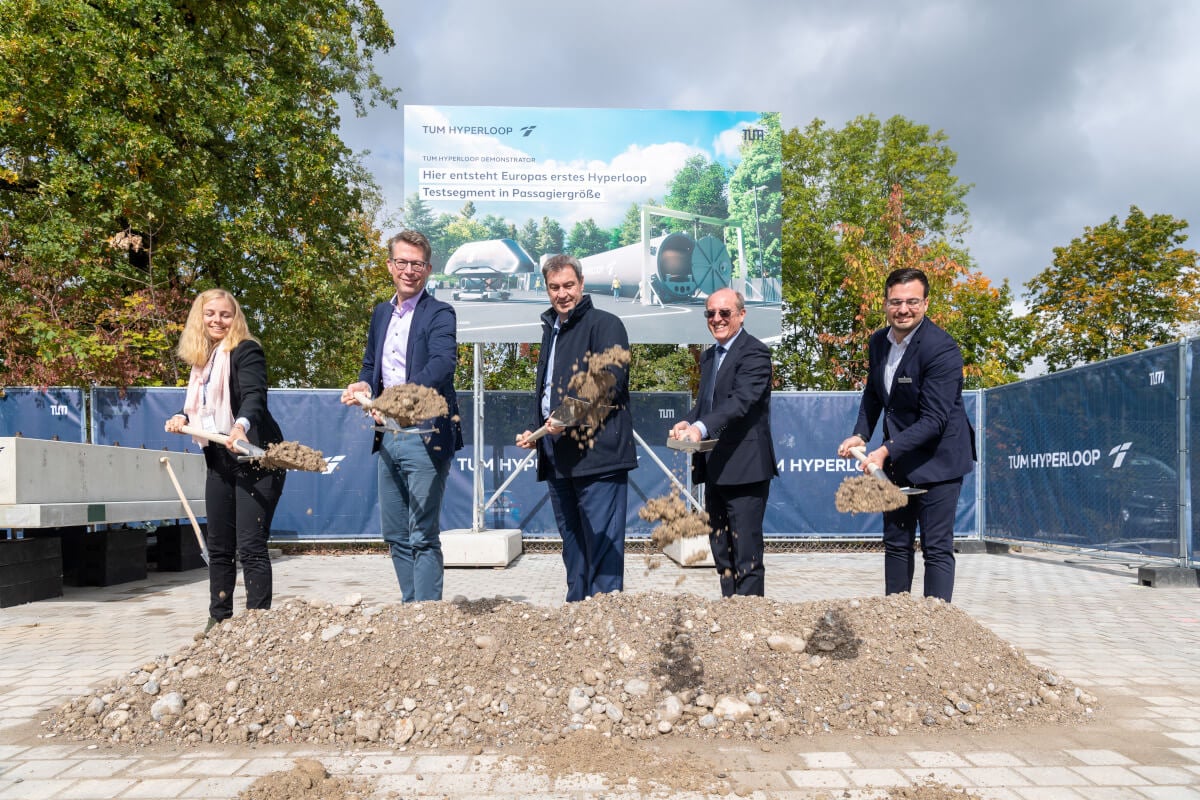
The test track, which is now scheduled to be built by 2023, will be 24 meters long. To withstand the extreme loads imposed by the super-fast capsules, ultra-high-strength concrete is being used in the construction of the tube. The main focus of the construction project, however, is the waterproofing required to travel in a near-vacuum. The young team relies on ALLPLAN Engineering for the planning of the tunnel tube, which can be routed both above and below ground in the future. At the same time as the track is being built, a Hyperloop capsule suitable for passengers is being developed at the Department of Aerospace and Geodesy (ASG) of the TUM School of Engineering and Design (ED).
© TUM
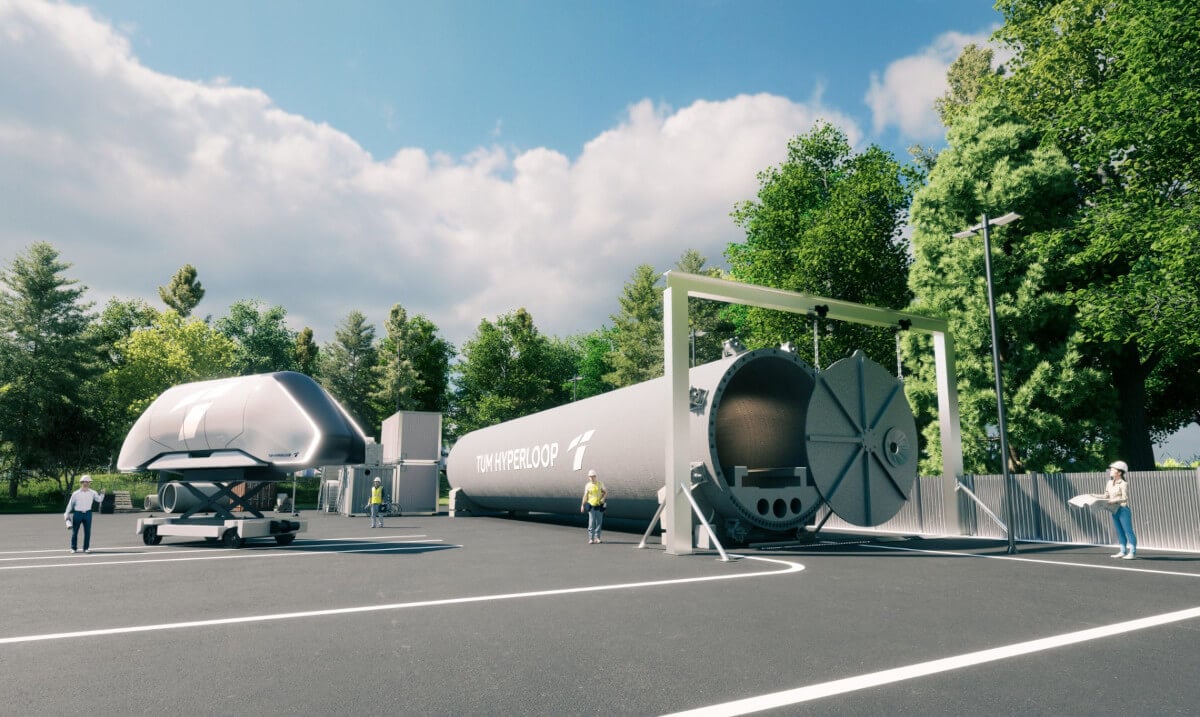
A third focus of the project is the development of the operations control system, which controls the tube, capsule, and propulsion system. By integrating all key systems, the demonstrator should enable a holistic investigation of the technical feasibility of the Hyperloop concept. If the project is successful, it could serve as a blueprint for future Hyperloop routes of 200 to 1,500 kilometers in length. This is an important step toward realizing the transportation system of the future, which combines maximum performance and sustainability.


